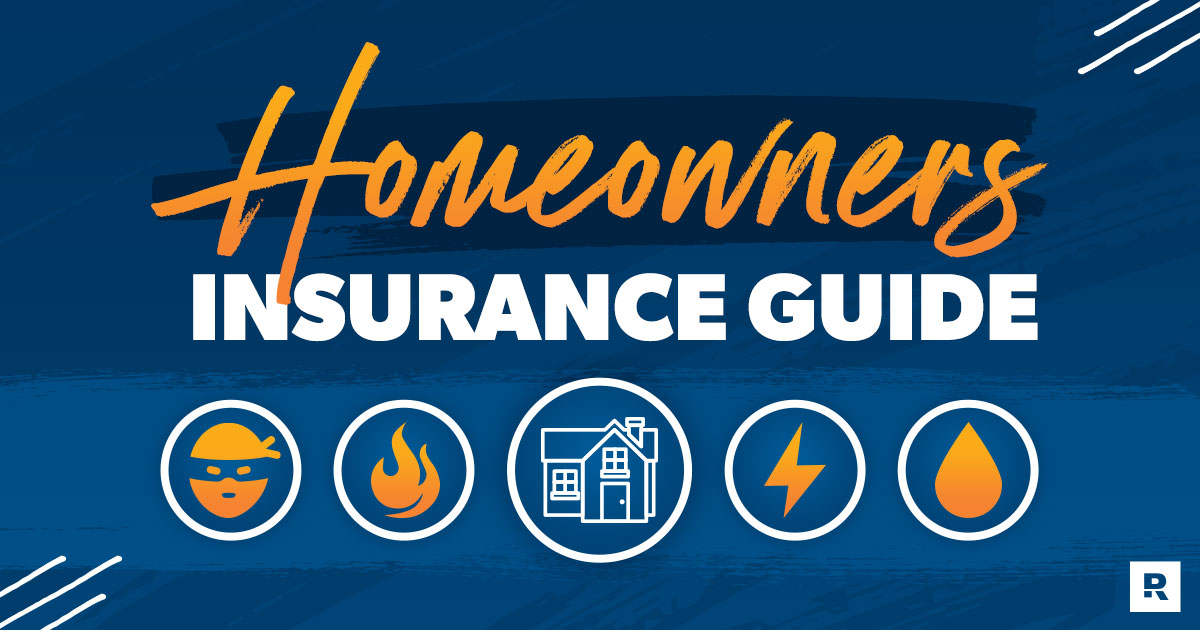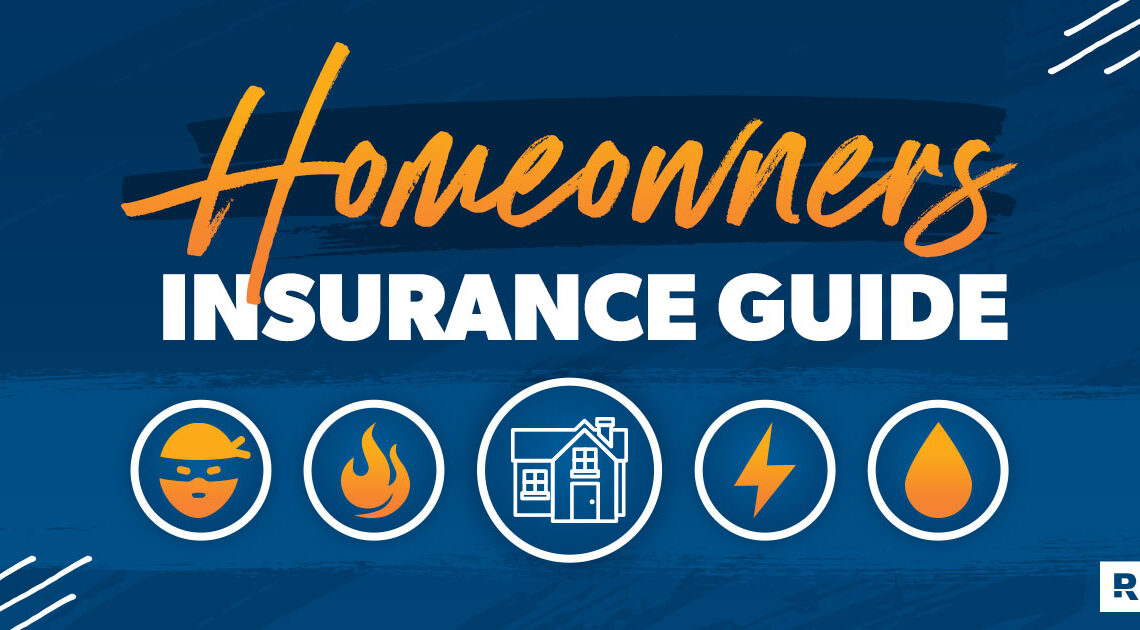
Did you know your insurance policy likely contains hidden charges that silently drain your wallet? A recent industry study revealed that 83% of policyholders unknowingly pay unnecessary fees, costing the average family $472 annually. This eye-opening guide exposes the most common – and costly – hidden insurance fees, explains why insurers bury them in fine print, and provides proven strategies to eliminate these stealth charges from your policies.
A. The Shocking Reality of Insurance Junk Fees
1. The Scale of the Problem
-
9 in 10 policies contain at least one hidden fee
-
These fees have increased 37% since 2020
-
Only 12% of insurers fully disclose all charges upfront
2. Why Insurers Love Hidden Fees
-
Generates $14.2 billion in annual industry revenue
-
Makes quoted premiums appear more competitive
-
Most consumers don’t question small, mysterious charges
B. The 7 Most Common Hidden Fees
1. Policy Issuance Fees ($25-$50)
-
Charged simply for creating your policy documents
-
Often disguised as “administrative costs”
-
How to avoid: Demand fee waiver for auto-renewals
2. Monthly Payment Surcharges (3-5% of premium)
-
Penalty for not paying annually in full
-
Adds $18-$75 to typical auto policies
-
Pro tip: Switch to annual payments saves $200+/year
3. Paper Statement Fees ($3-$8 monthly)
-
Charged for mailing physical documents
-
72% of insurers now impose this fee
-
Solution: Opt for electronic delivery
4. Installment Payment Fees ($5-$15 per payment)
-
Each monthly payment triggers a new charge
-
Can add 10-18% to your total premium cost
-
Better option: Use credit card autopay (often fee-free)
5. Cancellation Fees ($50-$300)
-
Charged for terminating policy early
-
Sometimes called “short rate penalties”
-
Negotiation tactic: Threaten to switch providers
6. Endorsement Fees ($25-$100 per change)
-
Charged for any policy modification
-
Includes adding drivers or changing coverage
-
Workaround: Bundle changes into single requests
7. Inactivity Fees ($5-$20 monthly)
-
Charged on unused policies like vacant home insurance
-
Often buried in page 17 of policy documents
-
Alternative: Convert to “suspended” status
C. Industry-Specific Fee Traps
1. Health Insurance
-
“Convenience fees” for using certain pharmacies
-
“Network access fees” for PPO plans
-
“Preventive care administration fees”
2. Auto Insurance
-
“Telematics device installation fees”
-
“Rideshare endorsement fees”
-
“Original parts requirement fees”
3. Homeowners Insurance
-
“Windstorm inspection fees”
-
“Claims investigation fees”
-
“High-risk area surcharges”
D. Psychological Tricks Insurers Use
1. The Decoy Effect
-
Showing one obvious fee to hide others
2. Price Anchoring
-
Making fees seem small compared to premium
3. Obscure Terminology
-
Using terms like “pass-through assessments”
4. Burying in Fine Print
-
Average disclosure is on page 8.3 of documents
E. How to Detect and Eliminate Hidden Fees
1. The Line-Item Audit Method
-
Demand full fee schedule before signing
-
Circle every dollar amount in policy
-
Challenge each unfamiliar charge
2. The Competitor Leverage Play
-
Get competing quotes with fee breakdowns
-
Use these to negotiate with current provider
-
68% success rate in fee reductions
3. Regulatory Complaint Strategy
-
File DOI complaint for undisclosed fees
-
Triggers mandatory insurer response
-
Often results in fee refunds
F. Future of Insurance Transparency
1. Emerging Regulations
-
New “All-In Pricing” laws in 14 states
-
Proposed federal Fee Transparency Act
-
Class action lawsuits targeting junk fees
2. Technology Solutions
-
AI fee detection apps
-
Blockchain smart contracts
-
Fee comparison platforms
Conclusion
Armed with this knowledge, you can now scrutinize your policies like a pro. Remember: every dollar paid in hidden fees is a dollar not working for your family. Take action today to audit your policies, challenge questionable charges, and put those savings back in your pocket where they belong.
Tags: hidden insurance fees, policy charges, insurance transparency, junk fees, consumer protection, insurance costs, fee avoidance, policy audit, insurance savings, financial literacy


















